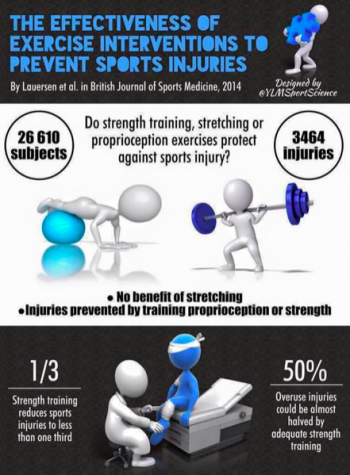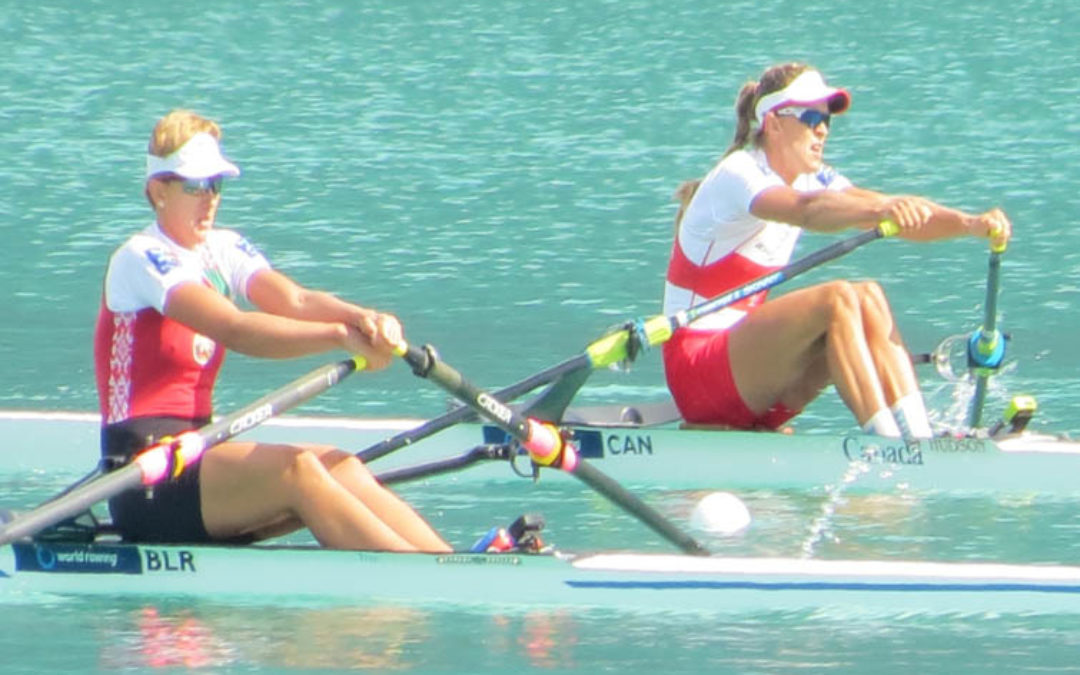Prevention is always better than treatment. Stay strong to reduce injury, it’s simple.
There is a huge amount of information (and common sense) proving physical activity is important in both prevention and treatment of many common diseases including cardiovascular disease, diabetes, cancer, hypertension, obesity, osteoporosis, and depression but sports injuries are often hard to predict and prevent.
The good news is that better methods and wider resources have been produced in this area in the last few years and now the picture is seemingly becoming clearer. If you want evidence of why exercise is simply good you only need to feel the benefits of improved blood flow, endorphin effects like raised energy and alertness and a sense of well being after a session on water or on the erg, that is after you attend to your hand blisters. However to determine whether specific physical activity exercises can reduce actual sports injuries rather than just be good for general health the British Journal of Sports Medicine wanted to run a proper review of all info available and see what worked best.
Prevention is always better than cure and it is absolutely clear in this work that injury management is difficult, time-intensive and often expensive. However, sports injury prevention by different kinds of strength training, proprioception exercises, stretching activities, and combinations of these, is accessible to essentially everyone and requires limited medical staff assistance.
Analyses of strength training, stretching, proprioception and combinations of these regimes were reviewed to look at the effects on injuries defined as acute or overuse. In all, 25 trials, including 26,610 participants with 3464 injuries, were analysed. That’s a lot of people.
What did they find?
Despite a few outlying studies, consistently favourable estimates were obtained for all injury prevention measures except for stretching alone.
Strength training reduced sports injuries to less than 1/3 and overuse injuries could be almost halved.

“In general, physical activity was shown to effectively reduce sports injuries. Stretching proved no beneficial effect, whereas multiple exposure programmes, proprioception training, and strength training, in that order, showed a tendency towards increasing effect.”
This is great news for our sport, where overuse injuries like wrist/forearm, rib and spinal dysfunctions dominate. It is recommended that a multifaceted and well planned program is used and as always it should be specific to the individual, but what better way to reduce your risk – planning to be active. The performance benefits are well and truly proven for these programs and the inclusion of strength training and there are some very good articles specifically for rowing in this area. Now we know we can actively work to reduce risk overtime we get up and start training. A nice thought for those early mornings, late finishes and when all you feel like doing is sitting – don’t !
Reference:
The effectiveness of exercise interventions to prevent sports injuries: a systematic review and meta-analysis of randomised controlled trials, Jeppe Bo Lauersen, Ditte Marie Bertelsen, Lars Bo Andersen, BJSM

